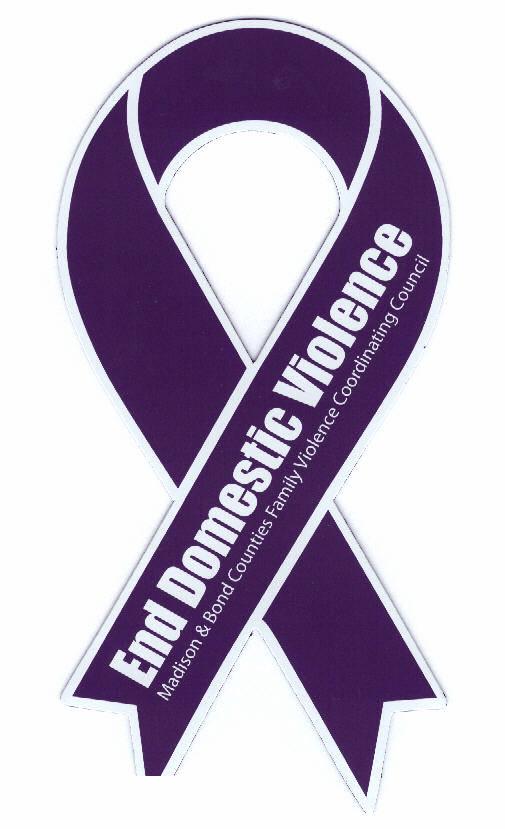 |
Violence Prevention
|

Violence Prevention
October is Domestic Violence Awareness month. Interpersonal and family violence is not an isolated negative phenomenon, and can be related to other culturally acceptable behaviors that contribute to norming violence and disrespecting the human rights of others. The prevention of interpersonal violence can be strengthened by partnerships among law enforcement, medicine, education groups, public health, agencies, corporations and concerned citizens to who advocate for creating a healthy and safe environment. The Prevention Institute is a rich resource to better understand social and individual factors that contribute to violent behaviors. With a focus on violence prevention within the context of community involvement, the site provides numerous model interventions designed to diminish the violent behaviors of the individual, the community, as well as positively impact policy at the institutional level.
The media is often touted by some to be a culprit in influencing violence against others, and its influence through music, film, television, electronic games and commercials cannot be underscored. The amount of time individuals are exposed to media has increased due to our growing reliance on computer technology. An excellent resource to learn more about the influence of media on violent behaviors and strategies to prevent a negative connection can be found at: The Center for Media Literacy .
Intimate Partner Violence (IPV) crosses all racial and ethnic boundaries, and occurs in partnerships of all ages; between adult women and their husbands or boyfriends and between same sex couples. Women aged 16-24 experience the highest rates of intimate partner violence (http://www.endabuse.org/content/action_center/detail/754). Those subjected to violent sexual relations are at greater risk for sexual coercion and being disempowered from making decisions related to pregnancy, STD prevention, and related health care.
In addition to studies that demonstrate an overlap of prevalence between HIV and IPV population-based and community-based studies have determined that violence and fear of violence can impede an abused partner's ability to negotiate safe sex behaviors such as negotiating condom use or refusing sex. (The Intersection of HIV and Intimate Partner Violence: Considerations, Concerns, and Policy Implications. M. Baty, Family Violence Prevention Fund, 2006)
Women who disclose being victims of physical violence are nearly three times more likely to experience an STD than women who don't disclose a history of abuse. This information can serve as a strong motivator for providers to universally include IPV screening with STD testing. Providers, parents and youth need information about how to identify and avoid abusive relationships.
Resources
PUBLICIZE THIS NUMBER -- IT CAN SAVE LIVES!
NATIONAL DOMESTIC VIOLENCE HOTLINE: 800-799-SAFE The National Domestic Violence Hotline is a nationwide, 24-hour, toll-free domestic violence hotline. The number is 1-800-799-SAFE and the TDD number for the hearing impaired is 1-800-787-3224. Help is also available to callers in Spanish, as well as to other non-English speakers. The hotline provides immediate crisis intervention for those in need, and callers can receive counseling and be referred directly to help in their communities, including emergency services and shelters. |
- Founded in 1977, Emerge is the first abuser education program established in the United States, counseling abusive men on an individual basis rather than in group settings, and is working hard to increase public awareness that domestic violence is a learned behavior not a disease, with the goal of helping men stop their abusive behaviors and become better men, husbands and fathers.
Campaign and Awareness Resources
- California's MyStrength Campaign - a statewide prevention initiative that uses social marketing techniques to reinforce messages about the ability of men and boys to take positive action to prevent sexual violence. Developed by Men Can Stop Rape, this Campaign centers on the theme of My Strength is Not for Hurting. It is designed to raise awareness of sexual violence among youth and highlight the vital role that young men can play in fostering healthy, safe relationships
SWAP Resources
Visit the SWAP material search site and enter the keyword violence to find these materials and others to match your social marketing and education needs.
Let each of us acknowledge DV Awareness Month by proactively preventing violence and promoting kindness each day.